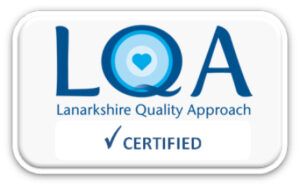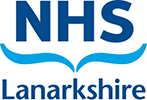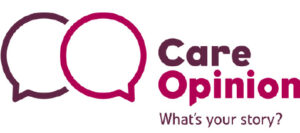Advice for patients who tend to faint (Vasovagal Syncope)
Information for patients
NHS Lanarkshire Emergency Department
PIL.T2FAIN.21_07813.L
Information for patients
This leaflet provides information and advice for patients who tend to faint. Fainting is medically known as Vasovagal Syncope (VVS).
Fainting occurs when your blood pressure drops and the blood is slower to reach the brain.
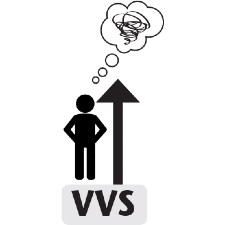
Your heart may also slow down for a short time.
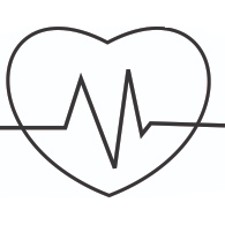
You may look pale and feel dizzy, sweaty or sick. Sounds may become distant and your vision may be blurred.
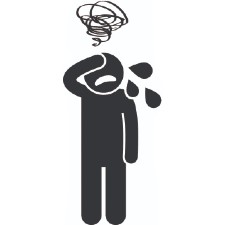
It can cause blackouts in some people.
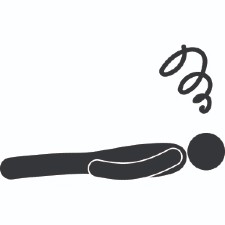
What should I do when I get symptoms?
It is important to recognise what your warning symptoms are. The second you feel them coming on:
Sit down immediately.
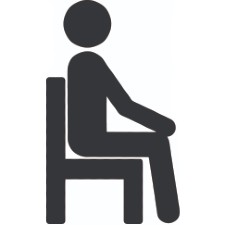
If possible lie down flat and put your legs in the air, for example on top of a pillow, or up against a wall or chair.
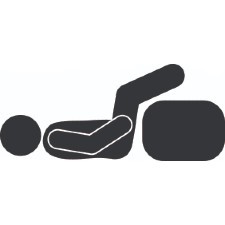
Clench and unclench your fists. Squeeze the muscles in your legs and buttocks.
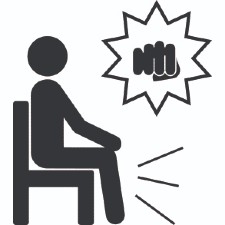
All of the above help get blood back up to the brain.
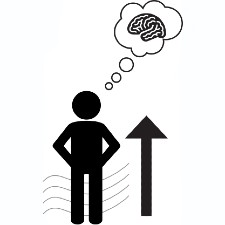
Acting quickly will help prevent the episode – the longer your symptoms, the more likely it is that you will blackout.

Get up cautiously when you feel well again, but if you have further symptoms, be prepared to sit down promptly.
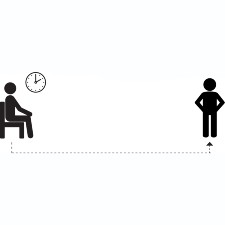
Certain triggers can cause this and recognising your own triggers is key.
Examples include:
- Standing or sitting for a prolonged period
- Dehydration or extreme heat
- Stressful or emotional situations
- Seeing blood or having an injection
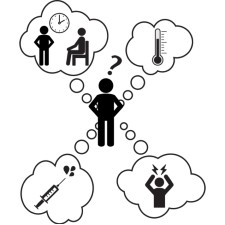
Vasovagal syncope is not life threatening and with the following measures most people will be able to control their symptoms.
What should I do to stop symptoms?
The most important thing is to know what triggers your symptoms.
The following should help:
Prolonged sitting or standing
- Try to avoid this, for example at a bus stop or a check out queue.
- If unavoidable, do fist, buttock and calf clenching exercises.
- If standing, rock forward on the balls of your feet to encourage blood flow.

Heat
Avoid overheating as this can lower your blood pressure further, for example in hot department stores or restaurants.
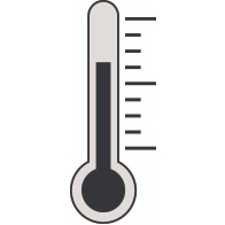
Fluids
Drink 1.5-2 litres of fluids by lunchtime then sufficient fluids to keep your urine clear for the rest of the day.
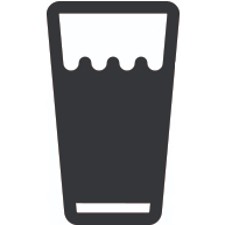
Alcohol
Avoid excess alcohol as this drops your blood pressure.
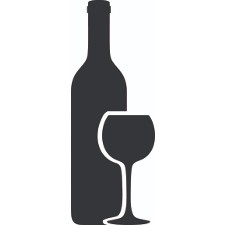
Confidentiality and the use of patient information
NHS Lanarkshire take care to ensure your personal information is only accessible to authorised people. Our staff have a legal and contractual duty to keep personal health information secure, and confidential. In order to find out more about current data protection legislation and how we process your information, please visit the Data Protection Notice on our website at www.nhslanarkshire.scot.nhs.uk or ask a member of staff for a copy of our Data Protection Notice.
Emergency Department Contact Information
- University Hospital Hairmyres: 01355 584716
- University Hospital Monklands: 01236 712191
- University Hospital Wishaw: 01698 366630
- NHS 24: 111
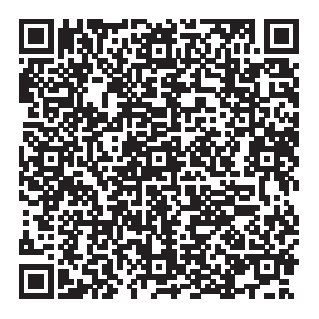
Publication date: April 2023
Review date: April 2025
Issue Number: 02
Reference: PIL.T2FAIN.21_07813.L
23_06583
If you need this information in another language or format, please e-mail:
